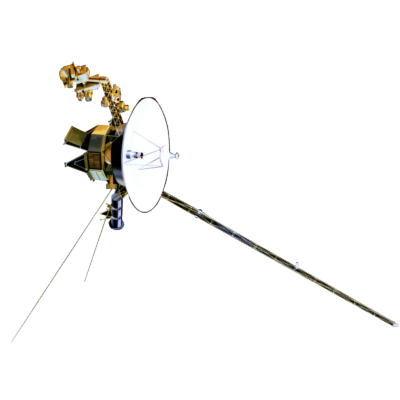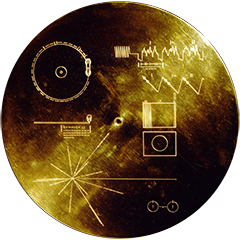Voyager LECP Data Analysis Handbook
Calibrations and Channel Definitions
January 24, 1979
TO: Steve Gary
FROM: Tom Armstrong
I need the final, authoritative version of the following Voyager parameters:
- t, "dead time," discriminator output circuit recovery time, or max rate on random pulses.
- T, "resolving time," how close must two incident events occur in order to fire a discriminator as a piled-up pulse.
Nominal values are okay. Give your best estimates of uncertainties. Thanks.
| t | T | |
| A | (A · B coin.) | 70 ns |
| B | 70 ns | |
| δ | 20 ns | |
| δ' | 20 ns | |
| α | 2.4 ms | 1.5 μs |
| β | 2.4 | 1.5 μs |
| β' | 2.4 | 1.5 s |

Response from Steve Gary:
LECP Random Pulser Test
February 5, 1979
SN02

| Input Rate | Output Rate |
| Random Rates: | |
| 855 cps | 852 |
| 6419 | 6290 |
| 9950 | 9656 |
| 31606 | 28335 |
| 54354 | 44595 |
| 94400 | 66100 |
| 156000 | 81800 |
| 217000 | 91800 |
| 341000 | 103000 |
| 508000 | 110000 |
| 20000 | 18700 |
| 42600 | 36500 |
| Fixed Rates: | |
| 148000 | 148000 |
| 173000 | 173000 |
| 193000 | 182000 |
| 205000 | 66000 |
| 225000 | 31700 |
February 22, 1979
D1-D2
| r = R / (1+RT) | 1 + RT = R/r RT = R/r - 1 T = 1/r - 1/R = (R-r) / Rr |
| Live time = | 1 - Rt |
| r = | R(1 - rT) |
| r = | R - rRT |
| R = | r(1 + RT) |
| r = | R / 1 + RT |
r = 100 k
R = 260 k
T = (260k - 100k) / (260k)(100k) = 160k / 260(100)kk = 1.6 / 260k = 1.6 / .26M = 6.15 ms
| R | 1+RT | r(calc) | r(act) |
| 10000 | 1.062 | 9420 | 9.6 |
| 20000 | 1.123 | 17800 | 18.5 |
| 40000 | 1.246 | 32100 | 35 |
| 80000 | 1.492 | 53600 | 58 |
| 150000 | 1.922 | 78100 | 82 |
| 250000 | 2.54 | 98400 | 99 |
| 500000 | 4.08 | 123000 | 110 |
Figure: Feb. 5, 1979, LECP SN02, D1D2 Coincidence Strobe. Output Rate vs. Input Rate, Random Pulser Inputs ~1 MeV into Channels D1 and D2 (Rate Channel 3).

Return to Calibrations main page.
Return to Voyager
LECP Data Analysis Handbook Table of Contents.
Return to Fundamental
Technologies Home Page.
Updated 8/9/19, Cameron Crane
VOYAGER 1 ELAPSED TIME
*Since official launch
September 5, 1977, 12:56:00:00 UTC
VOYAGER 2 ELAPSED TIME
*Since official launch
August 20, 1977, 14:29:00:00 UTC
QUICK FACTS
Mission Duration: 40+ years have elapsed for both Voyager 1 and Voyager 2 (both are ongoing).
Destination: Their original destinations were Saturn and Jupiter. Their current destination is interstellar space.



